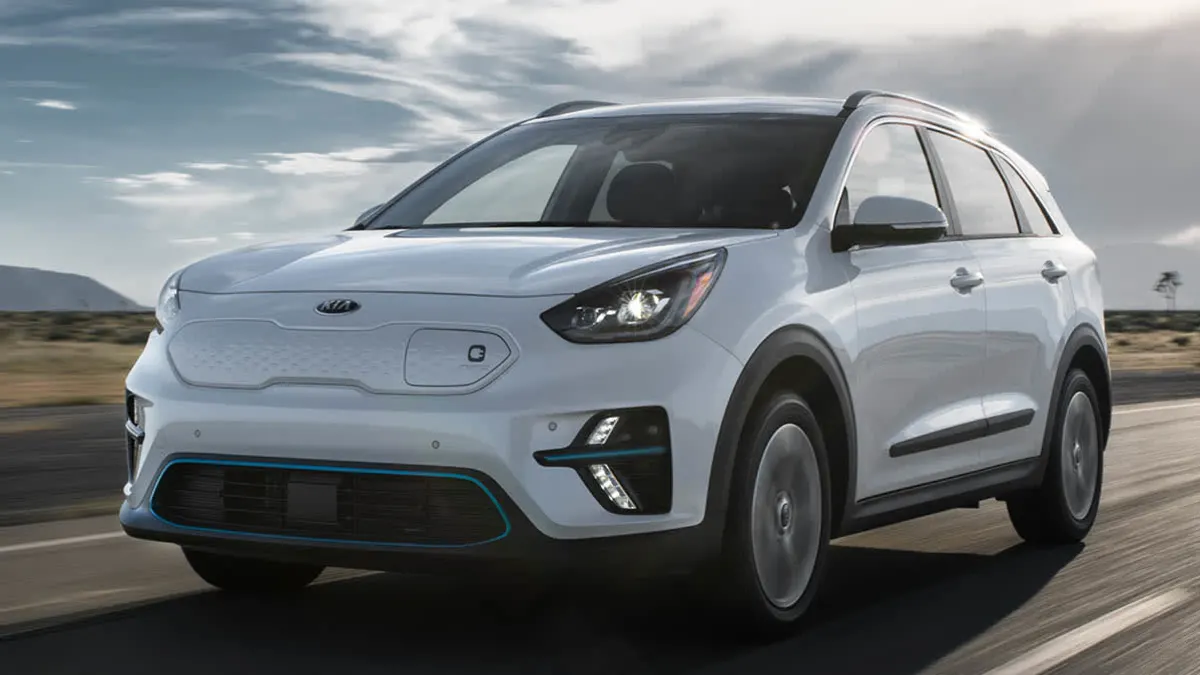Electric cars have revolutionized the automotive industry, offering a greener and more sustainable mode of transportation. But have you ever wondered how these electric vehicles (EVs) actually work? The world of electromobility can seem like black magic to many car enthusiasts, but fear not! In this comprehensive guide, we will demystify the bold new world of electric vehicle motors, exploring their inner workings, different types, and the technologies that make them tick.
How Electric Cars Work: Understanding Motors
To understand how electric cars work, we need to delve into the fascinating world of magnetism and the interplay between electric and magnetic fields. When an electrical circuit closes, allowing electrons to move along a wire, these moving electrons generate an electromagnetic field with a north and a south pole. When this electromagnetic field interacts with another magnetic field, such as that from a different batch of speeding electrons or a permanent magnet, opposite poles attract while like poles repel each other. This basic principle forms the foundation of electric vehicle motors.
Electric car motors consist of two sets of magnets or electromagnets—one set mounted on a shaft and the other set surrounding it in a housing. By periodically reversing the polarity (swapping the north and south poles) of one set of electromagnets, electric motors harness the attracting and repelling forces to rotate the shaft, converting electricity into torque and ultimately turning the wheels. This process can also be reversed, allowing the magnetic forces to transform motion back into electricity, as seen in regenerative braking systems.
How Electric Cars Work: AC or DC?
The electricity supplied to our homes arrives as alternating current (AC), where the polarity of the power changes (alternates) multiple times per second. On the other hand, direct current (DC) flows steadily in one direction. Electric cars need both AC and DC energy to operate efficiently. The battery in an electric vehicle stores and dispenses DC current, while the motor requires AC to spin.
When recharging the battery, the energy comes into the onboard charger as AC current during both Level 1 and Level 2 charging. Level 3 “fast chargers” supply DC high-voltage current directly to the battery. Sophisticated power electronics manage the multiple onboard AC/DC conversions, stepping the voltage up and down from the charging power to the battery/motor system voltages. This ensures the various vehicle functions, such as lighting, infotainment, and chassis systems, receive the appropriate levels of DC electricity.
How Electric Cars Work: Exploring Motor Types
Electric vehicle motors come in different types, each with its unique characteristics and applications. Let’s take a closer look at some of the most common motor types found in electric cars.
DC Motor (Brushed)
One of the earliest motor designs used in electric vehicles of the 1900s is the DC motor. These motors rely on DC current from the battery, which is delivered to the rotor windings via carbon or lead brushes. These brushes energize spinning contacts connected to wire windings, periodically reversing the polarity of the electromagnet on the rotor as the motor shaft turns. The housing surrounding the rotor’s electromagnetic windings typically features permanent magnets. DC motors offer advantages such as low initial cost, high reliability, and ease of motor control. However, they have a lower lifespan and require maintenance to upkeep the brushes and contacts. Today, DC motors are rarely used in transportation, except for some specialized applications like certain Indian railway locomotives.
Brushless DC Motor (BLDC)
To eliminate the need for brushes and their maintenance, brushless DC motors (BLDC) were developed. In these motors, the permanent magnets are placed on the rotor, while the electromagnets are positioned on the stator (housing). An external motor controller alternately switches the various field windings from positive to negative, generating a rotating magnetic field. BLDC motors offer advantages such as a long lifespan, low maintenance, and high efficiency. However, they have a higher initial cost and require more complicated motor speed controllers. BLDC motors are popular in smaller electric vehicles like bikes and scooters, as well as in some automotive applications like electric power steering assist.
Permanent-Magnet Synchronous Motor (PMSM)
The permanent-magnet synchronous motor (PMSM) is a motor type that closely resembles the BLDC motor. Both feature permanent magnets on the rotor and field windings on the stator. However, the key difference lies in the type of current used. While BLDC motors rely on DC current, PMSM motors function on continuous sinusoidal AC current. This characteristic allows PMSM motors to achieve high efficiency and operate quietly. PMSM motors have become the motor design of choice in most of today’s battery electric and hybrid vehicles. They offer advantages such as power density, strong starting torque, and high efficiency. However, spinning permanent magnets in PMSM motors can create back electromotive force (EMF) when not powered at speed, resulting in drag and heat that can demagnetize the motor. PMSM motors also find applications in power steering and brake systems.
AC Induction Motor
AC induction motors are another common motor type used in electric vehicles. These motors do not rely on permanent magnets on the rotor but instead use the principle of magnetic induction. As alternating current flows through the windings in the stator, they generate a rotating magnetic field. This rotating field induces an electric current in the rotor windings, creating another magnetic force that causes the rotor to turn. AC induction motors are inherently asynchronous, meaning their rotor speed is controlled by varying the alternating current’s frequency. These motors offer advantages such as high average efficiency and lower cost. However, they may have slightly lower starting torque compared to PMSM motors. AC induction motors have been used in various electric vehicles, including the GM EV1 and Tesla models.
Reluctance Motor
Reluctance motors are a unique type of electric motor that utilizes the concept of magnetic resistance, or reluctance. There are two types of reluctance motors: switched reluctance motors (SRM) and synchronous reluctance motors (SynRM).
In SRM motors, the rotor is made of soft magnetic material with multiple projections designed to interact with the stator’s poles. The various electromagnet poles are turned on and off, creating a rotating magnetic field that pulls the rotor around at an asynchronous speed. SRM motors offer advantages such as lower cost, simplicity, and high efficiency.
SynRM motors, on the other hand, feature a more distributed winding fed with sinusoidal AC current. Their rotors are elaborately shaped to optimize reluctance, with some voids incorporating small permanent magnets. SynRM motors combine the advantages of both magnetic and reluctance torque while minimizing costs and back EMF inefficiencies.
Conclusion
Electric vehicle motors are the heart and soul of electric cars, transforming electrical energy into mechanical power that propels these eco-friendly vehicles forward. Understanding the inner workings of electric vehicle motors is crucial for anyone curious about the future of transportation. From the basic principles of magnetism to the various types of motors used in electric vehicles, we hope this comprehensive guide has shed light on the fascinating world of electromobility. The adoption of electric cars is on the rise, and with a deeper understanding of their motors, we can all embrace a greener and more sustainable future of transportation.
So, whether you’re cruising in an electric car powered by a brushless DC motor or enjoying the efficiency of a permanent-magnet synchronous motor, you now have a clearer picture of how these remarkable machines work. Electric cars are paving the way for a cleaner and more sustainable future, and their motors are at the forefront of this technological revolution. Embrace the electrification of transportation and discover a whole new world of eco-friendly driving.

